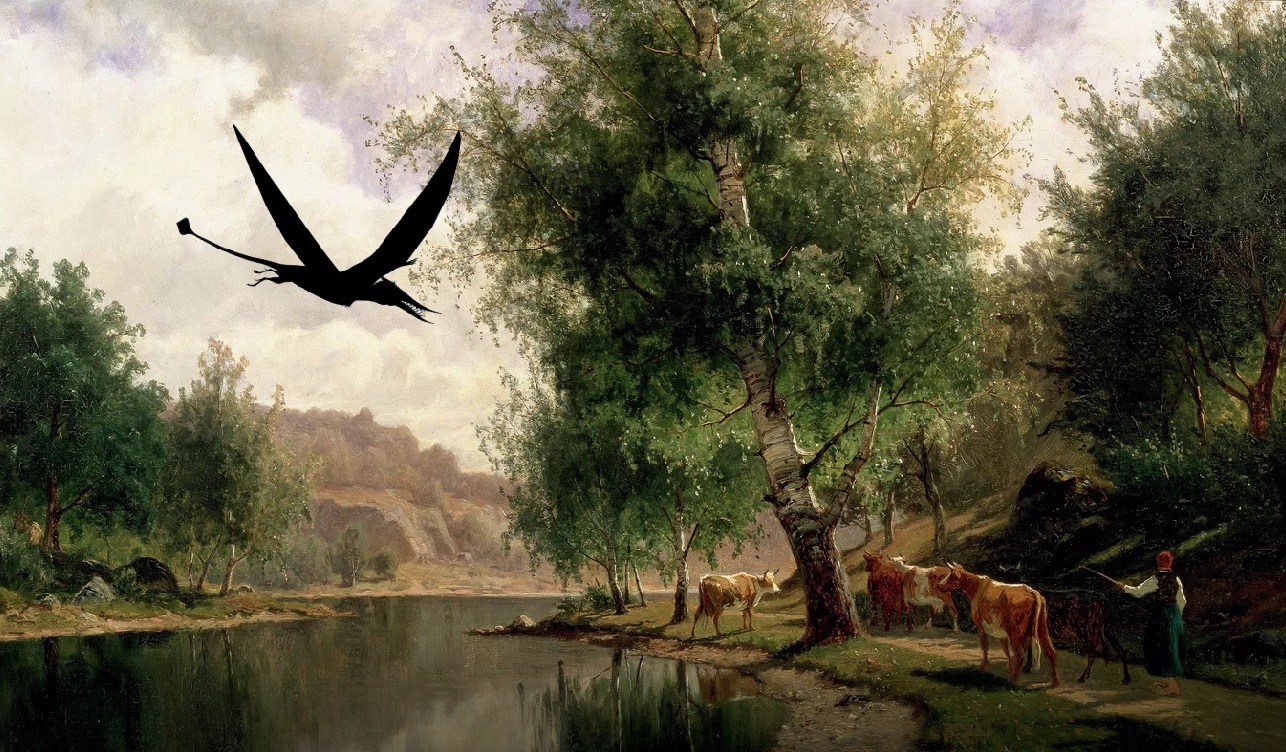Before beginning this explanation, let’s be clear on this point: The author of Hunting Marfa Lights, James Bunnell, said nothing about the following theory in his book. I informed him of part of my theory early in 2010, after the publication of his Hunting Marfa Lights. He found some problems with that narrow aspect of my concept, for it did not explain all types of mysterious lights that Bunnell had investigated.
The general theory, on the other hand, I believe holds up very well to his objections, regardless of the narrow part that does not explain all the aspects of the Mystery Lights that are seen occasionally near Marfa, Texas. The following is a brief outline of my general theory: Bioluminescent Flying Creatures (BFC).
Since our communications in 2010, I have had no more contact with Mr. Bunnell, but I have occasionally revisited my Marfa Lights theory, and still find it the best explanation for the CE-II and CE-III “Mystery Lights” that he describes in his book.
Bioluminescent Flying Predator (BFP) Theory for Marfa Lights
Introduction
1) This explains CE-II and CE-III mystery lights, as defined by Bunnell in HML.
2) BFP may relate also to some CE-I and CE-IV, but they’re not examined here.
Sightings of Pterosaur-Like Creatures
3) Eyewitnesses in Texas have reported apparent living pterosaurs for decades.
4) People in other areas of North America have also reported those creatures.
5) Some sightings in North America have been of glowing flying creatures.
6) Some flying creatures have reportedly chased cars at night.
Humboldt Squid in the Pacific Ocean
7) The large Humboldt squid hunts intelligently as a group
8) This squid uses bioluminescence in hunting fish
CE-III’s Explained (flying lights)
9) “Depth and complexity” are better explained by biology than by geology.
10) Flying against the wind can be done by a flying creature.
11) Bioluminescent flying creatures could fly 2-400 feet high.
12) Changing color is common with bioluminescence.
13) Helping a lost man at night is possible for an intelligent creature.
14) A group of BFP’s could hunt in one area for only one or two nights.
15) A group of BFP’s could return to the same area after a few weeks.
16) A group of BFP’s would take advantage of warmer weather.
17) Two BFP’s could fly apart and then rejoin to attract bats: ambush tactic.
CE-II’s Explained (stationary lights)
18) A juvenile BFP could remain in one place, waiting for a parent to return.
19) An adult BFP could wait for another BFP to come help in hunting bats.
20) A BFP could be stationary while it eats a bat.
###
Addendum:
In Hunting Marfa Lights, by James Bunnell, the CE category of Mystery Lights (Chemical-Electromagnetic) has four types, two of which are now explained by quoting from the book:
Subtype II: Stationary — balls of light that turn on and off and sometimes multiply
Subtype III: Traveling — Same as Type II but they travel cross-country above desert foliage and below background mesas
######
Living Nightmare: Attack in the Dead of Winter
Remember your worst nightmare? Were you glad to wake up? Be grateful. In the early morning hours of February 23, 2010, a few miles or so southwest of Marfa, Texas, the victims were terrified by what awakened them.
Many of the mysterious lights around Marfa, Texas, are the bioluminescent glow of flying predators, perhaps related to the nocturnal ropen of Papua New Guinea.
Some birds can fly 37 miles per hour, but most do not fly that fast, at least not for long. Barn owls are not known for flying straight for many miles, even if one of them could keep up a pace of 37 mph. But the ropen of Papua New Guinea is said to fly “faster than birds but slower than airplanes.”
.


